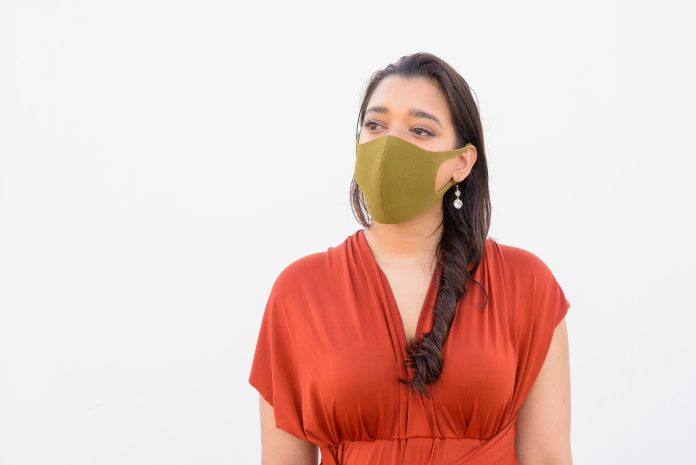Data from Queen Mary University of London suggests that Asian COVID patients are 1.5 times as likely to die as white patients – with Black patients 1.3 times more likely to die
In a different study by the National Institute for Health Research in November, Black people were found to be twice as likely to be infected, in comparison to people of white ethnicity. Asian people were found to be 1.5 times as likely as white people to catch COVID-19 – but Asian people were also the most likely ethnic group to end up in ICU and die from COVID-19.
Back in November, cases were yet to skyrocket to present day levels.
Dr Manish Pareek, a senior author on the NIH paper, said: “Our findings suggest that the disproportionate impact of COVID-19 on Black and Asian communities is mainly attributable to increased risk of infection in these communities.”
In a more recent study (21 January) conducted by Imperial College London for the UK Department of Health, data continues to indicate race as a significant pattern for increased prevalence of COVID-19. Here, there was a significant link between socio-economic status (do you live in a deprived neighbourhood, how many generations live in your home?) and the likelihood of catching the virus.
However, when it comes to deaths themselves – what is the current situation?
‘Disproportionate impact of COVID-19’
Echoing the findings of Dr Manish Pareek, the new data contributes to the image of disproportionate impact on racial minorities.
Dr Yize Wan, Clinical Lecturer at Queen Mary University of London and Specialty Registrar in Intensive Care Medicine & Anaesthesia at Barts Health NHS Trust said: “Our study shows the disproportionate impact of COVID-19 on Black and Asian groups in the first peak. Black and Asian people admitted to Barts Health hospitals with COVID-19 were significantly younger in age, had greater acute disease severity, and higher mortality relative to white patients of the same age and baseline health.
“As the impact of COVID-19 continues to be seen within our community, the importance of responding to the ethnic disparities unmasked during the COVID-19 pandemic is crucial to prevent entrenching and inflicting them on future generations.”
Five hospitals, 1,737 patients
One key thing to remember is that despite the large amount of data, it wasn’t possible to look at the breakdowns within ethnicity – so, how did Bangladeshis fare in comparison or Pakistanis, or Black Africans in comparison to Black Caribbean patients? These questions remain open for exploration.
The work resulted from a new interdisciplinary collaboration between intensive care physicians and HIV physicians. The researchers looked at data from all patients aged 16 years or over with confirmed SARS-CoV-2 infection and admitted to the five acute hospitals within Barts Health NHS Trust, between 1 January and 13 May 2020.
Younger and less frail, but likely to die
The research found that in comparison to white patients, minority ethnic individuals were younger and less frail when being admitted to ICU. They further found that Asian patients were 1.54 times as likely as white ones to be admitted to ICU for invasive ventilation, while Black patients were a striking 1.8 times more likely to undergo these experiences.
Interestingly, the trend of Black patients faring worse than Asian ones changes when it comes to deaths.
Black people were 1.3 times as likely as white people to die, whereas Asian people were 1.49 times as likely to die. Following on from that, it seems that Asian and Black patients experienced a 50-80% increased risk of actually having to receive mechanical ventilation in ICU – compared to white patients who were similar in age.
Dr Vanessa Apea, Consultant Physician in Sexual Health and HIV at Barts Health NHS Trust and Honorary Senior Lecturer at Queen Mary University of London, added: “Authentic community based participatory research to understand the drivers of these differences, and co-creation of solutions are key to achieving health equity in these communities.”











